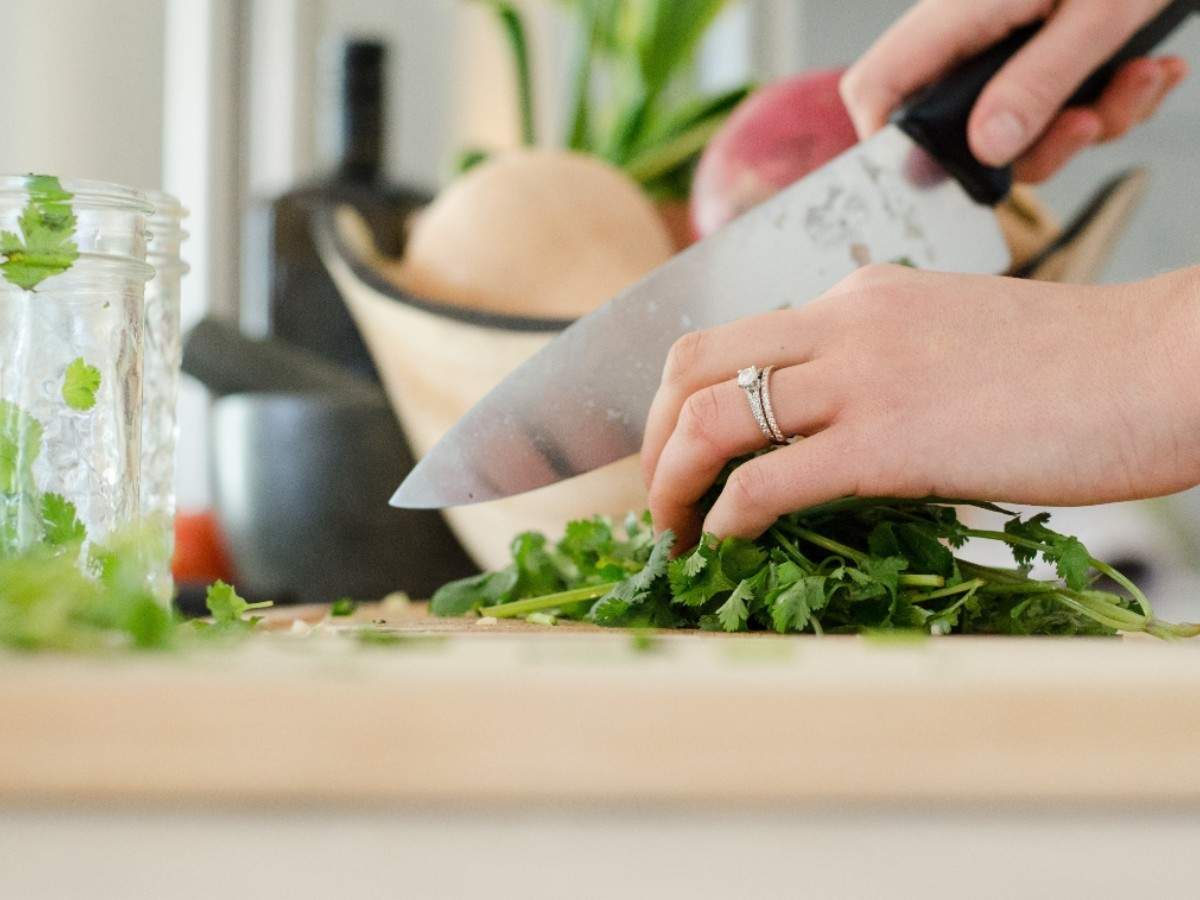Cooking delicious meals is all about having the right tools. When it comes to preparing vegetables, having a good knife is essential. Vegetable knives are different from other types of knives because they are specially designed to handle the unique textures of different vegetables. With so many options out there, it can be hard to know which one to choose. In this ultimate guide to vegetable knives, we’ll break down everything you need to know to make an informed decision.
Types of Vegetable Knives
There are several types of vegetable knives on the market, each with its own unique purpose. The most common types include:
Chef’s Knife: A versatile knife that can be used for most vegetables, including chopping and dicing.
Nakiri Knife: A Japanese-style knife that is ideal for slicing and chopping vegetables.
Santoku Knife: Another Japanese-style knife that is perfect for slicing, chopping, and mincing vegetables.
Paring Knife: A small knife that is ideal for peeling and coring vegetables.
Blade Material
The type of blade material you choose can have a big impact on the performance of your vegetable knife. The most common materials include stainless steel, carbon steel, and ceramic. Stainless steel is the most popular option because it is easy to maintain, durable, and affordable. Carbon steel is a good choice for those who want a sharper blade, but it requires more maintenance. Ceramic blades are ultra-sharp and lightweight, but they are more fragile and can be expensive.
Blade Length
The length of the blade you choose will depend on the size of the vegetables you typically prepare. A longer blade is better for larger vegetables, while a shorter blade is ideal for smaller ones. Chef’s knives typically have a blade length of 6-12 inches, while paring knives are typically 2-4 inches long.
Handle Material
The handle material you choose can have an impact on the comfort and safety of your knife. Common handle materials include wood, plastic, and metal. Wood is beautiful and comfortable to hold, but can be more challenging to clean. Plastic is durable, easy to clean, and affordable. Metal handles can be slippery and uncomfortable, but they are durable.
Maintenance
Proper maintenance is essential for keeping your vegetable knife in good condition. To prevent rust and corrosion, wash your knife by hand and dry it thoroughly after each use. Sharpen your knife regularly, either with a sharpening stone or honing rod. Store your knife in a knife block or sheath to protect the blade and prevent accidents.
Conclusion:
There are many factors to consider when choosing a vegetable knife, including the type of knife, blade material, blade length, handle material, and maintenance requirements. By considering these factors and choosing a knife that meets your needs, you can make meal preparation easier and more enjoyable. Whether you’re a professional chef or a home cook, investing in a high-quality vegetable knife is a smart decision that will pay off in the long run. If you are Looking for vegetable knife than Contact with House of Knives
